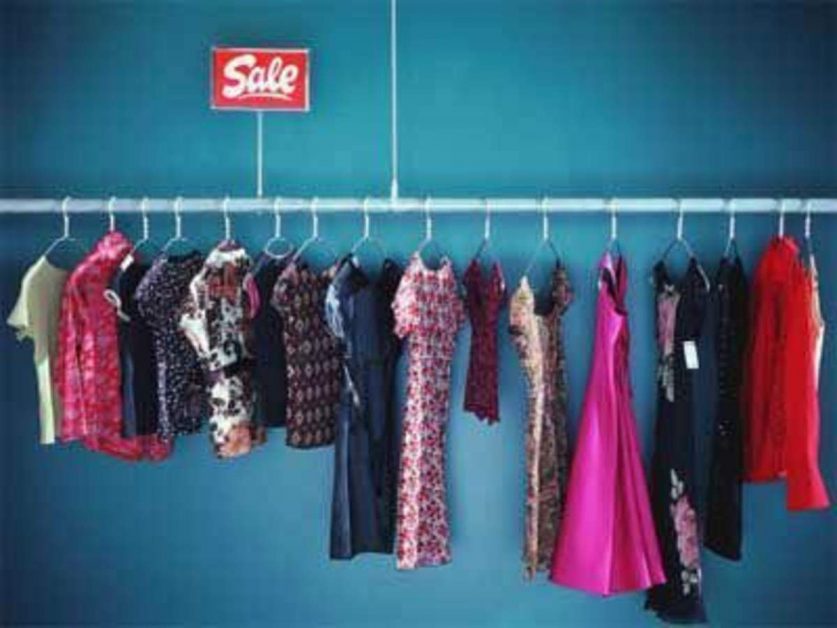Japan holds a lot of promise for the exporting apparel industry (RMG) in Bangladesh. The data point to “a robust growth of over 42 per cent to cross the billion-dollar mark during the first nine months of the current fiscal year (FY). Shipments to the destination country witnessed a decline for two consecutive fiscal years beginning 2019-20 and bounced back in the last fiscal”. According to a report published in this newspaper, Bangladesh exported RMG worth USD1.2 billion in the first three quarters of the current FY which is up from USD849,64 million during the same period a year ago.
The approximate size of the Japanese market is about USD23 billion a year, so Bangladesh has around a 3.0 per cent market share currently. While entrepreneurs in the country may rejoice at the doubling of business over a financial year, the fact remains that there is huge potential for the RMG sector for greater Japanese market penetration. If one looks at history, the Japanese market opened up to Bangladeshi RMG in 2010 and that the country’s share hasn’t grown by leaps and bounds is due to a number of factors. Indeed, Bangladeshi knit products have had duty-free access to that market since April 01, 2011 and woven items since April 2014.
So why haven’t RMG exports to Japan done better despite the fact that products made in this country offer competitive prices? As pointed by some industry insiders, Japanese quality control is exceptionally high. Many Japanese buyers literally, have a third party to check individual pieces of garments from shipments as samples before accepting goods. Meeting such high standards in terms of quality has been a problem for many Bangladeshi apparel manufacturers. Second, the sector as a whole has always run after the “low hanging fruits”, i.e., easier terms and conditions offered by the US and European buyers which meant that RMG manufacturers shied away from exploring Japanese market in the past.
Well times have changed. The RMG industry has grown and matured over a four-decade period to clinch the second-largest position in global production. With that capacity has come the fact that a growing portion of factories have gone “green” or are in the process of doing so, offering world-class manufacturing processes that can, and in fact are, competing with other countries to get a bigger portion of the Japanese apparel market. The largest contributor to the Japanese market of course comes from China, which has about a 53 per cent stake. As geopolitics has changed recently, Japan is now actively pursuing a China +1 policy, whereby there is interest in Japan to move away from this overwhelming dependence on China, in sourcing RMG products.
While there is ample opportunity for growth, much remains to be done at policy level. Were Bangladeshi policymakers able to get from Japan the commitment of “most preferred nation” status, it would certainly help matters. There is also talk about Bangladesh and Japan signing a Free Trade Agreement (FTA). If materialised, these would put the apparel industry on a stronger footing. Major RMG manufacturers in the past have largely shied away from the Japanese market on the issue of stringent standards, but some companies have made the effort and are reaping benefits. Some industry insiders have pointed out that it takes time and patience to reach the level of efficiency demanded by Japanese buyers and it all boils down to mindset. The Japanese are not going to change their rules to accommodate Bangladeshi companies, rather it is Bangladeshi companies that must strive to achieve the level of efficiency, low wastage and quality to penetrate that market.
Looking beyond what government can or should be doing to facilitate trade pact or status to help the industry, BGMEA(Bangladesh Garments Manufacturers’ Export Association), the apex body of apparel manufacturers has been doing its part to get things moving in the right direction. Indeed, as pointed out by Mr. Asif Ashraf, Managing Director & CEO of Urmi Group, BGMEA launched a ‘Made in Bangladesh’ event to showcase for foreign customers how far the RMG sector had progressed, quality and the economies-of-scale on offer that couple quality and price back in November, 2022. The purpose was to present Bangladesh as an obvious destination for sourcing RMG products. The event was very successful in presenting before foreign customers and potential buyers what developments have taken place over the last decade in industry, through seminars. Mr. Ashraf further stated that “now we intend to organise events in foreign countries where customers reside, because not all buyers come to Bangladesh. Once they see what is on offer from the local RMG sector, they will be interested to come to the country. Under this plan, we will first visit Australia, then go to Japan and South Korea as per programme.” It is hence, critical, that Bangladesh manages to get duty-free access for T&C (textile and clothing) products to markets such as Japan and elsewhere and this must be a primary policy focus for government over the next few years to achieve diversification in both export markets and product lines.








